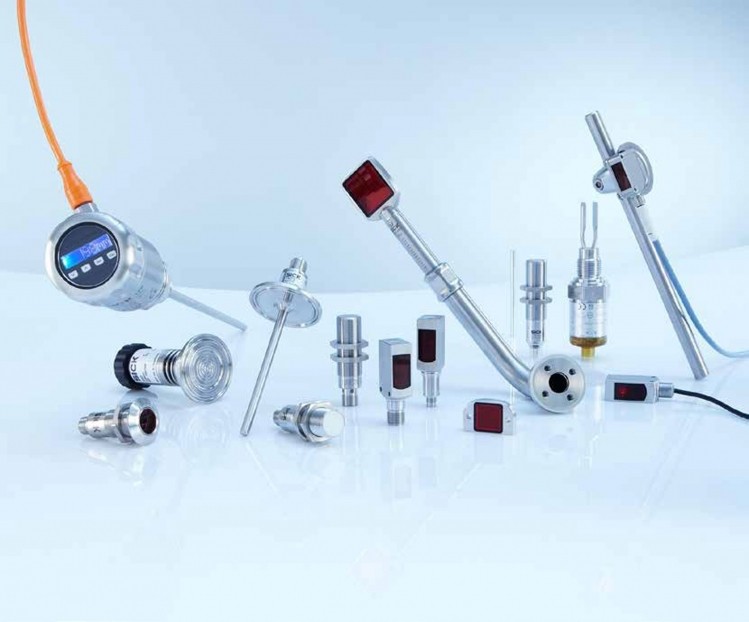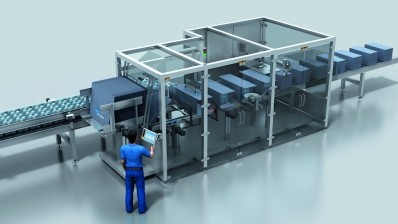Sensor fatigue costs manufacturers thousands a year

When asked what lifespan such sensors had in harsh manufacturing environments, Phil Dyas, product manager for industrial sensors at Sick, which specialises in the field, told FoodManufacture.co.uk: “I could take you to customers that would be happy to get a week.”
Those particularly badly hit included dairy, beverage, sandwich and meat processors and plant bakers, said Dyas. He was showcasing new Sick products at the Total Packaging & Automation show at the Birmingham NEC, which runs from June 4-6.
Substantial downtime costs
Large food and drink processors might expect to shell out “several thousand pounds a year” through needlessly replacing damaged sensors, he said. When sensors failed, companies also had to bear substantial downtime costs until replacements were fitted, he added.
It was not the wears and tears of the manufacturing process that was causing the damage, but stringent clean in place procedures (CIP), said Dyas.
CIP practices require all machine parts to be subjected to thorough cleaning, which includes use of chemicals and high pressure water hoses.
Failure ‘mainly due to water ingress’
While they were fine for factories not requiring intensive cleaning, standard sensors were not water tight and so would become waterlogged when faced with such CIP measures. In many cases this would cause electrical failure, said Dyas. “The high mortality rate is mainly due to water ingress.”
The issue was exacerbated by thermal shock, he said. This occurs because standard sensors with plastic components heat up as they operate, but when sprayed with cold water contract rapidly, causing stress damage.
Cleaning solutions used can also infiltrate them and lead to further problems.
Perching them on radiators
Dyas added that in some cases employees were perching them on radiators to dry off, then reusing them, which still obviously proved inconvenient.
As a result of these problems, production line staff were ironically taking counter measures such as “covering them with yoghurt pots” and “putting plastic bags over them”, he said. This, he pointed out, undermined the whole point of CIP, as well as its effectiveness.
This had been the driver behind Sick launching its two tier range of stainless steel optical sensors designed to withstand rigorous cleaning, he said. The company had just extended the range and was displaying them at the Total trade show.
Toughest cleaning practices
The first, Inox, line is created to be subjected to washdowns and the second Hygienic line is designed specifically for the toughest cleaning practices.
New additions to the family include the W4S-3H photoelectric sensor, combined with IP69K housing.
Dyas admitted that the first tier commanded a cost premium of roughly 30% over standard sensors, while the second commanded a further premium of 10%.
However, given the high frequency with which some factories were replacing sensors, Dyas added: “The return on investment would be very short.”
Sick's new sensors could easily last a few years or more, he said.
‘Delighted’
Having fitted the heavy duty hygienic sensors, one large UK dairy processor had been “delighted” with their performance, said Dyas.
The Hygienic sensors are designed with smooth external housings and no edges, grooves or ridges that could contribute to microbial build up or chemical contamination.
They also have bayonet fittings that enable them to sit flush on attachments and incorporate an insulation layer within their casing that virtually eliminates thermal shock.
They are accredited by the European Hygienic Engineering and Design Group and also meet ECOLAB and US Food and Drug Administration hygiene standards.
Hygienic variants of Sick’s Industrial Instrument range of LFP guided radar level probes; LFV tuning forks for level detection, PHT/PBS pressure and THT temperature transmitters were also launched at Total.

















